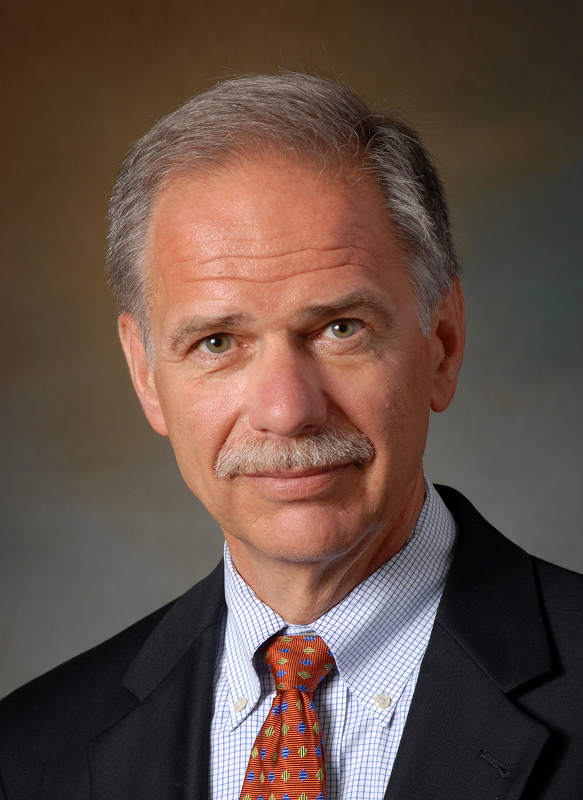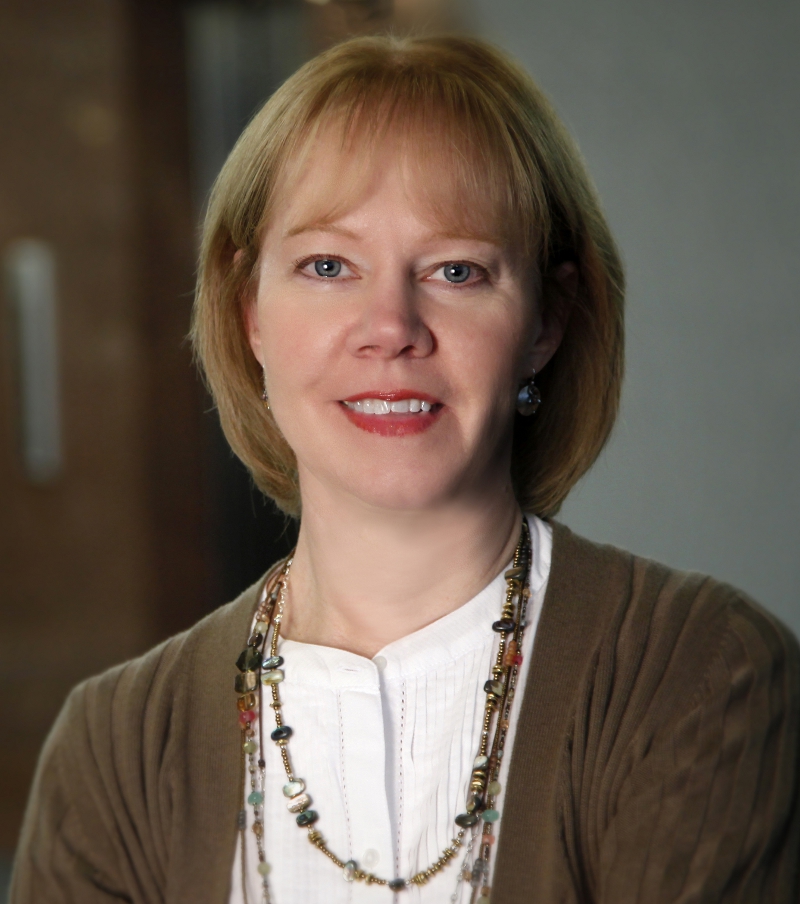In 2009, executives from Southcoast Health System in New Bedford, Mass., recognized that the annual cost increases of its employee health plan were not sustainable — so they decided to do something about it.
Southcoast brought in a Cammack LaRhette, a healthcare consulting group. Together, they made Southcoast's employee health plan into a population health management program and achieved $3 million in savings in one year and reduced the number of at-risk population members by 32 percent.
First, Southcoast created a tiered network where members paid less out-of-pocket if they utilized Southcoast's facilities and paid more if they went out-of-network for care. Southcoast also hired care management nurses and implemented a wellness incentive to help the sickest members of its employee population get healthier and reward members for healthy behavior.
Here, Dave DeJesus, senior vice president of human resources for Southcoast, and Beth Barker, the director of compensation and benefits for Southcoast, discuss the challenges, successes and the future plans of their employee health program.
Question: What was the most difficult part of the transition for Southcoast? 
Dave DeJesus: I think that in the initial year the most difficult aspect was changing the tier structure in the plan. Members who see Tier two physicians saw an increased cost in seeing that physician [Editor's note: Tier two is a local plan network that Southcoast is partnered with]. That was a challenge to work through with both employees and physicians.
Q: How did Southcoast communicate the tier structure to out-of-network physicians?
DD: There were some physicians who decided to join our network after we implemented tiers. I think when they were not in the network, we presented it as an opportunity to join the network if they wanted to. Certainly there were some physician groups that were unhappy with our decision, but different physician groups align with different health systems, and we see that in our system as well.
Beth Barker: We communicated through many different venues. We had written material that went to employee's homes and online documents for them to review. We had extensive public employee meetings at different sites and one-on-one meetings as well. We tried to blanket them with information.
We have a wide variety of employees that work at the health system, from housekeepers to physicians. They all have their own preferred way to learn and understand. We found that the most effective way to communicate was the meetings that we had where we explained the programs to them face-to-face.
DD: Because of the tiered network, we increased the marketing of physicians that were in the network and communicated that directly to the employees. We told them the physicians in tier one that were accepting new patients.
BB: To market the physicians, we increased our web presence both on our Intranet and the Internet. Our employees see our homepage throughout the day, and now they see the smiling face of one of our Southcoast physicians on the page. We also increased marketing in the local newspapers and on the radio to help the community better understand our physician group.
Q: What part of the transition went most smoothly?
DD: The smoothest part was the work of the personal health nurses. They were really not visible to most people, but they reached out to about 1,000 of the sickest patients and worked with them to review their situation and to direct them to the right level of care. There were significant results in reducing emergency room visits and spending in different areas. On my end, I do not think we heard a lot in terms of people not being happy with personal health nurses.
BB: There was some initial skepticism in the employees, thinking, 'I know what's best for me and I don't want anyone involved except my primary care physician.' To counteract that, we have so many positive stories of people that were thankful and grateful for the help they received from the personal health nurses. Once the stories started going out in newsletters, that fear of someone interfering in their business was definitely reduced. There is nothing like a personal story to help alleviate the fears of others.
Q: What were some wellness incentives Southcoast put in place?
BB: In the second year, we put in a tobacco differential. Members who did not smoke or who agreed to complete a smoking cessation program would pay a lower rate than smokers.
DD: Some members received the differential well, and those were generally members who were vocal about other people smoking. We had done work to make our campuses smoke free, so it had been an issue on the agenda in the past. When we rolled it out, the smokers were aware of that.
We had 20 percent of members not qualify for the incentive, which is roughly the same as the amount of smokers in the population. In our process, members had to attest to if he or she was a smoker or not. Our employees were in general truthful in terms of their smoking status. Most members understood that smokers needed to be charged more.
Q: What was the overall response from employees after the move toward population health management?
DD: Overall, the response was positive. When we rolled it out, people with individual coverage did not see an increase in what they paid, and people with one plus one coverage, where their insurance covered a spouse, initially saw a decrease in what they paid and now it has stayed flat. The people with family coverage did not see an increase in 2012, but will see one in 2013 because children are now covered until they are 26 years old, so more people are being covered by the plan. But the response has been positive in what they are paying.
As for the tiered network structure, there was some initial negative reaction to that, but it has become accepted within the employee population. The personal health coaching response has always been positive.
There will always be challenges in individual cases and situations, but we have been responsive to those situations.
BB: I think there has been a cultural change where employees are more aware than they've ever been of how important it is to support their employer. There is more of a team spirit than there was before we initiated the program.
The overall response is, like Dave said, positive. Our member experience survey backs up the anecdotal evidence. More than 80 percent of the members who completed the survey said they were satisfied or very satisfied with the program.
Q: Do you plan to expand the program in the future?
DD: We have expanded the wellness initiative for 2013: In addition to the employee not smoking, the criteria of qualifying as a non-smoker changes to include that the spouse also must not be a smoker. Also, the employee will have to have to have visited a primary care physician within two years, complete a health risk assessment and submit biometric data.
We expanded the criteria to continue to not only encourage employees to use our facilities, but also to continue the sense of partnership and employees staying well.
Each year we look at our experiences and talk to our consultants about the market and what will make sense for our population. Once we know what is happening in the industry and where our population is at, we can merge the two into an effective program.
More details on the steps Cammack LaRhette took with Southcoast and the results of those steps can be found here.
More Articles on Population Health Management:
The Road to Population Health: Key Considerations
Stratify and Manage Your Emergency Patient Populations: The Importance of Streamlined Follow-up Communication
8 Strategies Behind Hospital Transactions


